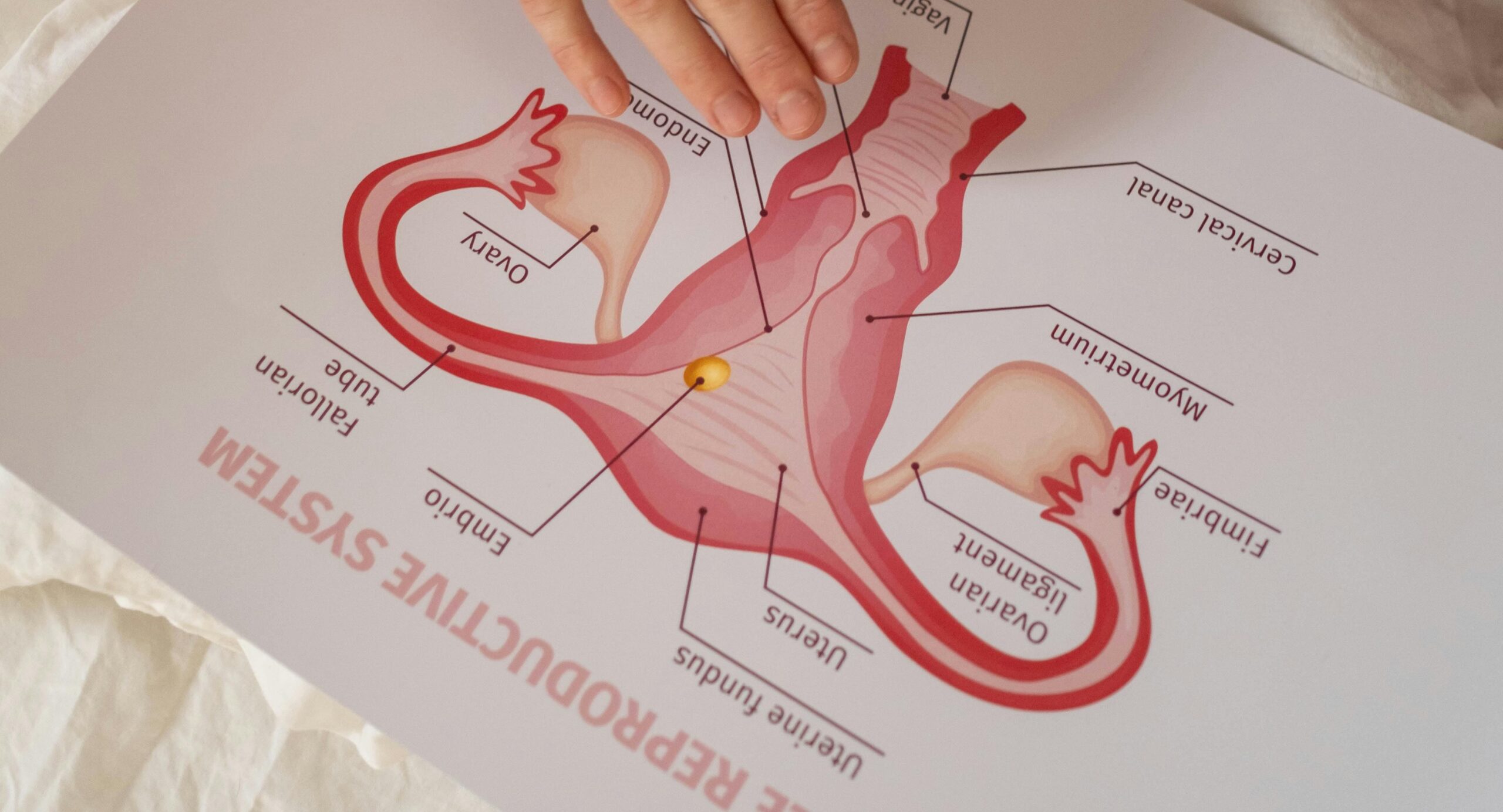Endometriosis, a condition that affects approximately 10 percent of women worldwide, can cause severe pain during menstruation, significantly impacting daily life.
However, it’s just one of the symptoms associated with this condition. Understanding the signs and treatment options for this medical condition is crucial for women affected.
The uterus is a remarkable organ in a woman’s body that serves as a haven for a developing baby. Inside the uterus, there is a lining called the endometrium, which undergoes shedding and renewal during a woman’s menstrual cycle in preparation for potential pregnancy. However, in some cases, the endometrial tissue grows outside the uterus instead of within it. This condition is known as endometriosis. Research shows that around 10 percent of women aged 15 to 44 are affected by endometriosis.
Understanding Endometriosis:-
The condition commonly affects the reproductive organs, such as the uterus, fallopian tubes, and ovaries. It can also impact the lining of the pelvic cavity and the space between the uterus and bladder. In rare cases, it may appear on or around other organs, like the intestines, bladder, cervix, abdomen, vagina, or rectum.
When the endometrial tissue grows outside the uterus, it can lead to inflammation, scarring, and the formation of painful cysts in these areas. Endometriosis can greatly impact a woman’s daily life, causing severe pain that may interfere with activities such as attending school, college, or work. Timely diagnosis and treatment are important for managing the pain and symptoms associated with endometriosis.
Signs to look out for:-
It is important to note that symptoms of endometriosis can vary among women. Some may experience no symptoms at all, while others may have only one or a few symptoms. In fact, some women may be unaware that they have endometriosis. However, pain is a primary indication that something is amiss.
Here are some common signs to watch out for:-
- Heavy or irregular periods
- Painful menstrual cramps that extend into the abdomen (stomach) or lower back
- Spotting or bleeding between menstrual cycles
- Diarrhea or constipation during menstruation
- Fatigue or low energy levels
- Painful urination or bowel movements during menstruation
- Bloating or nausea
- Feelings of depression or anxiety
- Pain during or after sexual intercourse
- Difficulty getting pregnant
If any of these symptoms are experienced, one must consult a healthcare professional for diagnosis and treatment.
Causes of Endometriosis:-
Medical professionals believe that endometriosis is caused by a combination of factors rather than a single reason. It can affect women from the time they have their first period until menopause. Some of the contributing factors believed to be associated with endometriosis are:-
- Genetics:- Certain families may have a higher occurrence of endometriosis, suggesting a genetic link.
- Reverse menstruation:- Instead of leaving the body during the monthly period, the endometrial tissue may flow back into the fallopian tubes, leading to its deposition outside the uterus and subsequent growth.
- Direct transplantation:- Following surgeries like a caesarean delivery or hysterectomy (removal of the uterus), endometrial cells may attach to the abdominal walls or other areas in the body.
- Transformation:- Cells within the body may transform into endometrial cells and grow outside the uterus.
- Movement through the blood or lymphatic system:- Endometrial tissues can be transported to other parts of the body through the blood or lymphatic system, similar to how cancer cells spread. While these factors are believed to be associated with endometriosis, the exact cause of the condition is not fully understood yet.
Identifying Endometriosis:-
Doctors employ various tests to diagnose endometriosis, often involving imaging or minimally invasive procedures. Imaging methods such as ultrasound and MRI (magnetic resonance imaging) can be used. Transvaginal ultrasound, where a small instrument is inserted into the vagina, provides a closer look at the uterus and surrounding organs to check for abnormal endometrial cell growth. MRI scans use magnetic waves to create detailed images of internal organs and tissues.
If imaging doesn’t provide a clear diagnosis, doctors may perform a minimally invasive surgical procedure called laparoscopy. This involves making a small incision in the abdomen and inserting a thin tube with a camera and light at the end. This allows the doctor to examine the inside and outside of the uterus for any abnormal endometrial tissues. If endometriosis is suspected, the doctor may take a small sample of the cells for further examination during the procedure, which is known as biopsy. These tests help determine whether a person has endometriosis and to what extent.
Treating the Condition:-
Endometriosis cannot be entirely prevented or cured, but there are ways to manage the condition and reduce pain. The treatment depends on factors like age, symptoms, and pregnancy plans, which should be discussed with a doctor.
Hormone therapy is often the initial treatment option. Endometriosis pain can be exacerbated by changes in certain hormones during the menstrual cycle. Hormone therapy can help regulate these hormone levels or stop their production. However, hormone therapy may not be suitable for women who plan to become pregnant, as it can affect fertility.
If hormone therapy doesn’t provide relief, doctors may consider a surgical procedure called laparotomy. This involves making large incisions in the abdomen and using a tube to locate and remove the endometrial tissue causing the problem.
In rare cases where other treatments are ineffective and pregnancy is not desired, doctors may recommend a hysterectomy as a last resort. This involves the removal of the uterus.
It is important to remember that endometriosis is a complex condition, but with an individualized treatment approach, it can be managed effectively.





